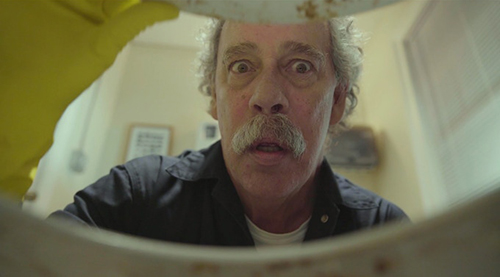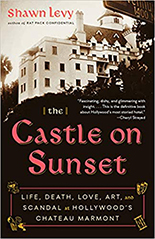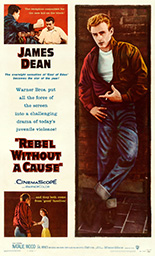
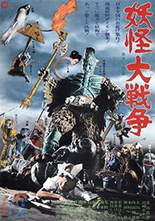 When treasure hunters disturb Babylonian ruins not to be disturbed, lest ye wish to unleash a demon, a reptilian beast appears to prove the prophecy true. Bearing vampiric features and the power of flight, the demon Daimon (Chikara Hashimoto, the Daimajin himself) possesses bodies à la The Hidden by biting people’s necks, starting with the local magistrate and staff.
When treasure hunters disturb Babylonian ruins not to be disturbed, lest ye wish to unleash a demon, a reptilian beast appears to prove the prophecy true. Bearing vampiric features and the power of flight, the demon Daimon (Chikara Hashimoto, the Daimajin himself) possesses bodies à la The Hidden by biting people’s necks, starting with the local magistrate and staff.
When a nearby kappa, witnesses one of these mystical swaps, the flat-headed water imp who looks like a mod Donald Duck, calls upon his fellow yokai for help. These supernatural creatures include a one-eyed umbrella with a tongue like rolled-out red carpet, a woman with a rubbery expand-o-neck, a squatty rock in a hula skirt, a walking turd, a giant rodent whose belly expands to project need-to-know footage — basically, the Justice League of Everything You Thought Lived Under Your Childhood Bed.
For Yokai Monsters: Spook Warfare, the middle of Japan’s mad-matinee trilogy, Yoshiyuki Kuroda (The Invisible Swordsman) takes over for Yokai Monsters: 100 Monsters director Kimiyoshi Yasuda. You wouldn’t know it, as this immediate sequel retains the look of the original. Then again, the Daiei Film fantasies of the era seemed to be painted in the same color palette and shot on the same studio sets — none of that is a knock.
Kuroda smartly narrows the lineup to give this imaginative, colorful fantasy a sharper focus. For a kids’ film, Spook Warfare racks up an admirable body count as if it were unafraid to offend — because it’s not. Whatever the story calls for — from sword-skewering a dog to showcasing a husky kid’s butt crack — so be it! —Rod Lott

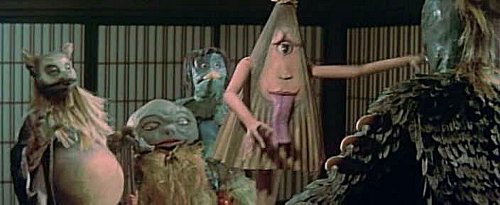





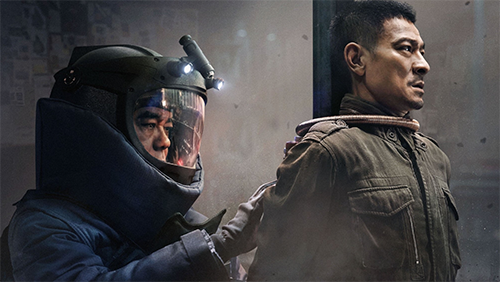
 It’s Friday night at the offices of the cash-strapped Click Clique website, where the employees have been summoned to a pitch meeting. For Halloween, with layoffs looming, they’ll run a clickbait listicle on the 13 most frightening viral videos, so the staffers take turns passing the wireless keyboard around the conference table to queue up their ideas, and
It’s Friday night at the offices of the cash-strapped Click Clique website, where the employees have been summoned to a pitch meeting. For Halloween, with layoffs looming, they’ll run a clickbait listicle on the 13 most frightening viral videos, so the staffers take turns passing the wireless keyboard around the conference table to queue up their ideas, and 